Cherry Blossom Kumiko Panel
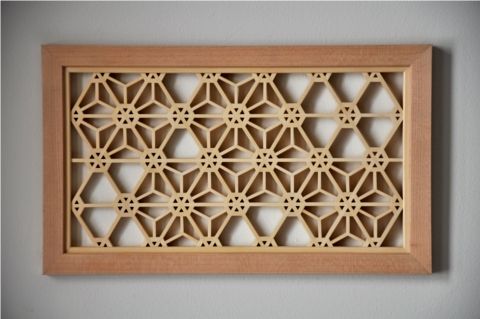
Cherry Blossoms, 2012
Over 200 pieces of Alaskan yellow cedar are precisely joined to form the traditional Japanese sakura—or cherry blossom—pattern. Deriving from the craft of shoji screens and doors, the individual pieces are known as kumiko, and their history dates back hundreds of years and includes a great number of patterns.
The groundwork involves a three-way lap joint, each lap being one-third the depth of a given piece. The depth and spacing of these joints must be precise to ensure straight lines and clean intersections. I used a fine-toothed pull saw and a small detail chisel to cut them.
The petals are formed from two pieces. One has two square ends, and is sawn across its width exactly at its center, leaving only the slightest layer of wood intact–not even 1/64″. This bit is then treated like a hinge, and the piece is gently folded open. One end of the second piece is cut square, and the other at the proper angle to fit into the opening created in the hinge piece. This three-spoked assembly is then fit into the openings in the groundwork.
For the cedar, attention has been paid to the tightness and straightness of the grain; each piece is oriented to ensure that evenness and uniformity prevail, increasing the power of the overall pattern. The cherry frame is perfectly quartersawn, exposing a jewel–like shimmer in the grain.
The cedar kumiko are extremely delicate—some no more than 1/8″ thick—and require a great deal of accuracy in bringing them to their final thickness. I used a Western bench plane and a thicknessing jig to accomplish this, though special purpose Japanese planes exist.
From sawing and planing the rough stock to smoothing and joining the finished pieces, this piece was made entirely by hand.

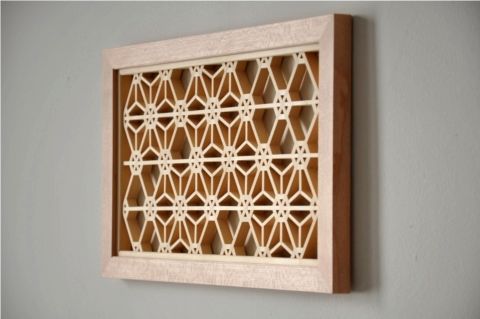
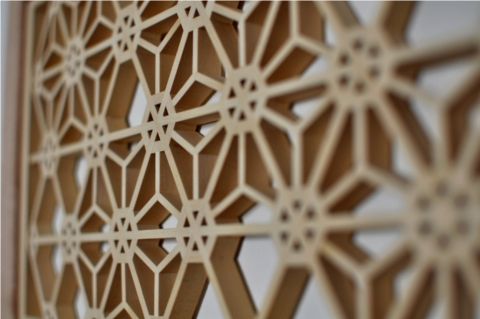
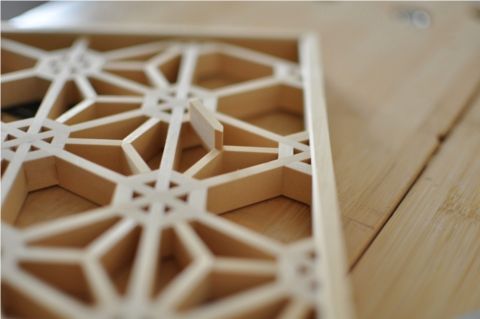




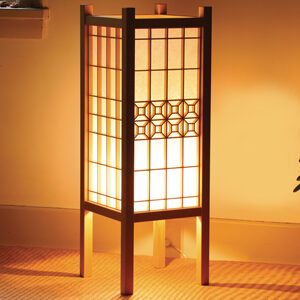
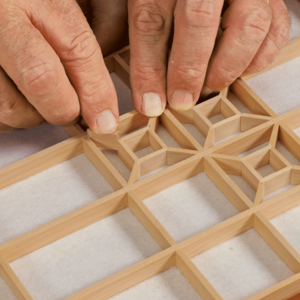










Log in or create an account to post a comment.
Sign up Log in